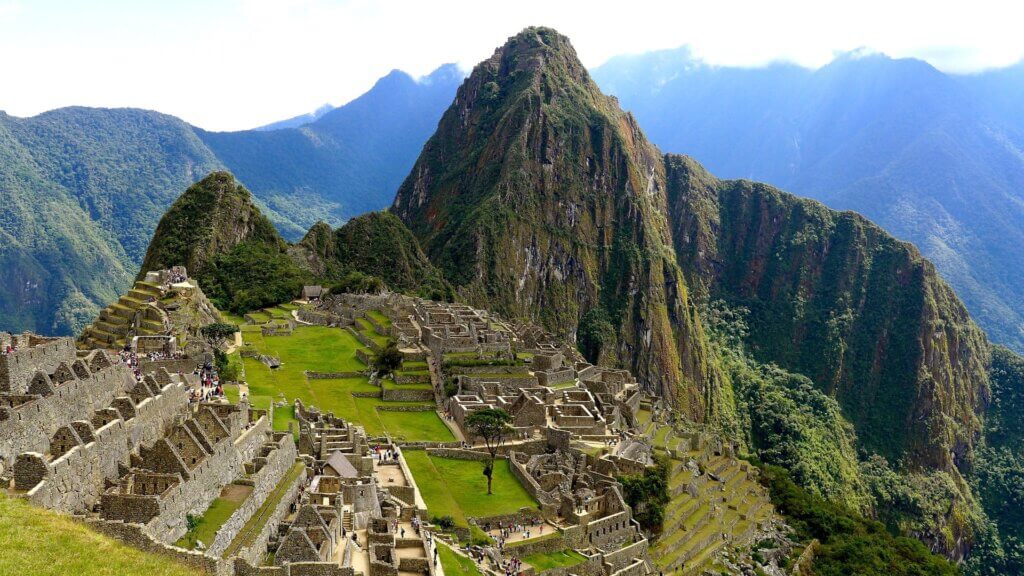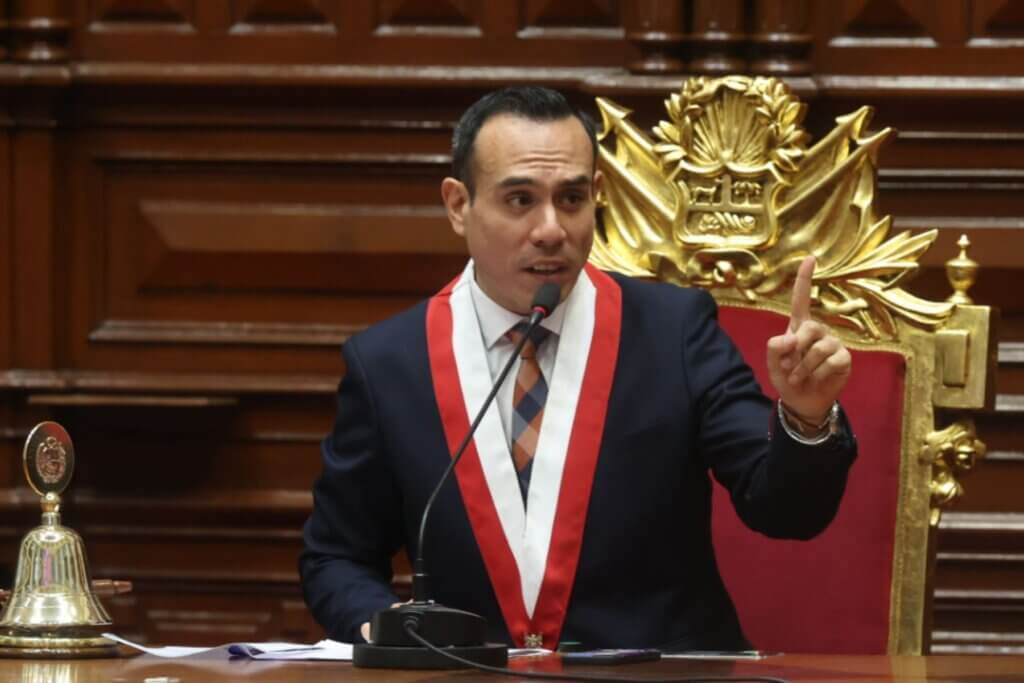Google announced during its Google I/O 2022 conference in May that it would add 24 new languages to its Google Translate translation tool, including Aymara and Quechua, native languages widely spoken in Peru.
Both languages pre-date the Incan Empire and millions of the descendants of the Aymara and Quechua peoples speak dialects of these languages today -so much so in fact that countries like Peru and Bolivia include them alongside Spanish as official languages.
Google estimates that Quechua is used by around 10 million people in Argentina, Peru, Bolivia, Ecuador and surrounding countries; while the Aymara language is used by about 2 million people in Argentina, Bolivia, Chile and Peru.
We spoke with a Peruvian linguistics expert to hear how the community has reacted to having their native languages added to a tool from one of the world’s most powerful search engines.
“It has been a huge surprise that Google has developed a translation system for indigenous languages, including Quechua and Aymara,” Peruvian linguist, teacher, and Quechua researcher Carlos Molina Vital told Peru Reports.
Mr. Molina, who is a Quechua instructor at the Center for Latin American and Caribbean Studies at the University of Illinois at Urbana-Champaign, said Google’s announcement “was unexpected, because nothing had been heard about this project among those of us who work with Andean languages.”
“However, this has been a project developed over several years. Google developed a machine learning system that translates into another language without ever having seen an example before,” said the instructor. “They have reached a point where a machine can infer rules to understand (and translate) a specific language, using as models other different languages that do have translations. That is a huge step in computational linguistics.”
The quality of Google’s translations
According to Mr. Molina, the “level of translation is good” and “it is definitely more than acceptable.”
“Google is capable of translating entire paragraphs from different sources written in southern Quechua (the variety spoken from Huancavelica to southern Bolivia). Of course, there are still problems and flaws and inconsistencies, but most of the time, it gets it right,” he assured.
For Mr. Molina, one of the advantages of the translator “is that it is very flexible with spelling.” He explained that “a language with little written tradition like southern Quechua has different spellings, but the translator accepts many variations for the same word.”
According to the expert, this “helps people who are not experts in official writing to be able to use this translator without problems.”
How can native peoples benefit?
Mr. Molina believes that there are many ways this translation tool will be useful to native language speakers.
“The technology behind machine translation may be extended in the future to other languages with fewer written sources, including Ancashino Quechua, Huanca, Huanuqueño, as well as the languages of the Amazon,” he said.
He also pointed out that aranslator like Google’s can make texts in Spanish “quickly available in Quechua.”
“The translator can also be used to facilitate the reading of electronic texts that are distributed among students in rural schools. The same can happen with public health services, police stations, courts. The list is huge and this translator is a ‘game changer,’” said Mr. Molina excitedly.
For the linguist, it was important to remind readers that “technology is not made for just a few languages, but can cover all languages.” And the contributions to society from the millions of Quechua and Aymara speakers should not be impeded by technology.
“Quechua men and women are in the modern world today …they study at top-tier universities, they have a presence on social networks, they are opinion leaders,” said Mr. Molina.
“For that reason it is the right of every Peruvian to access what others say or write in Quechua. Similarly, it is a right of the Quechua population to be able to access information efficiently and clearly. This translator is a great step towards the democratization of knowledge from an intercultural perspective.”














